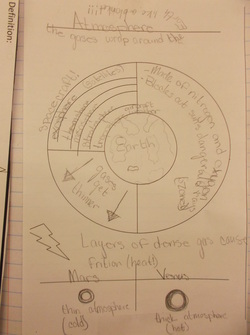
Aerospace engineers can work extremely close with astronauts, but their work is very different from each other.
Aerospace engineers help develop technologies that are used in both aircraft and spacecraft. They must know about our Earth's atmosphere, and the forces of gravity and drag.
The conditions of an atmosphere affect an aircraft's and a spacecraft's flight. Knowing about atmospheric conditions, gravity, and drag are important for all aerospace engineers to know!
Aerospace engineers help develop technologies that are used in both aircraft and spacecraft. They must know about our Earth's atmosphere, and the forces of gravity and drag.
The conditions of an atmosphere affect an aircraft's and a spacecraft's flight. Knowing about atmospheric conditions, gravity, and drag are important for all aerospace engineers to know!
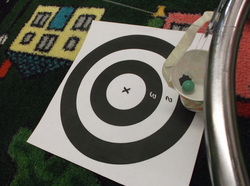
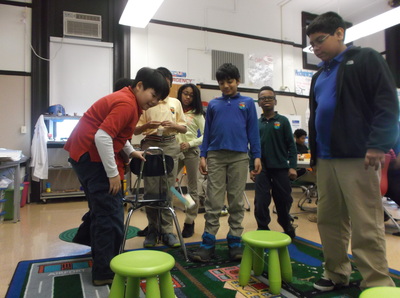
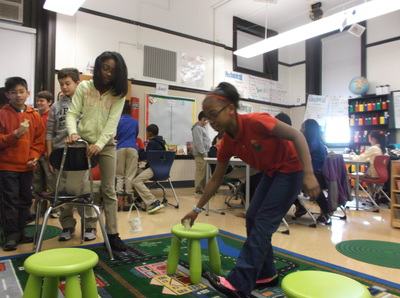
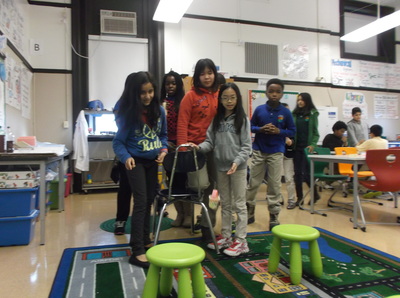
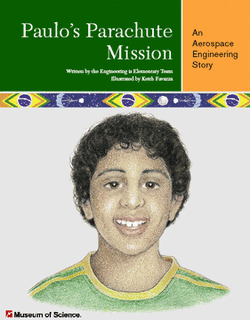
 RSS Feed
RSS Feed